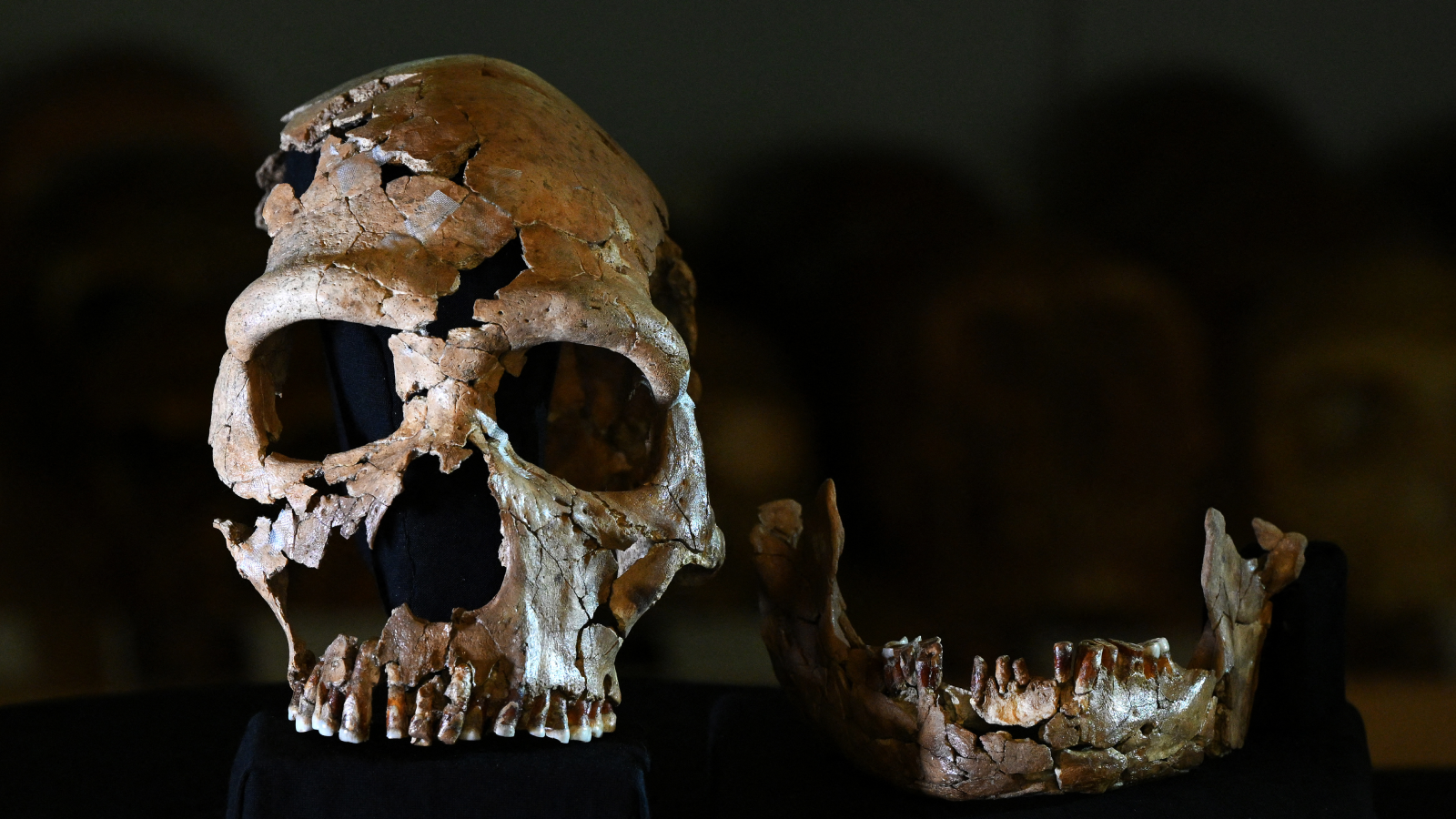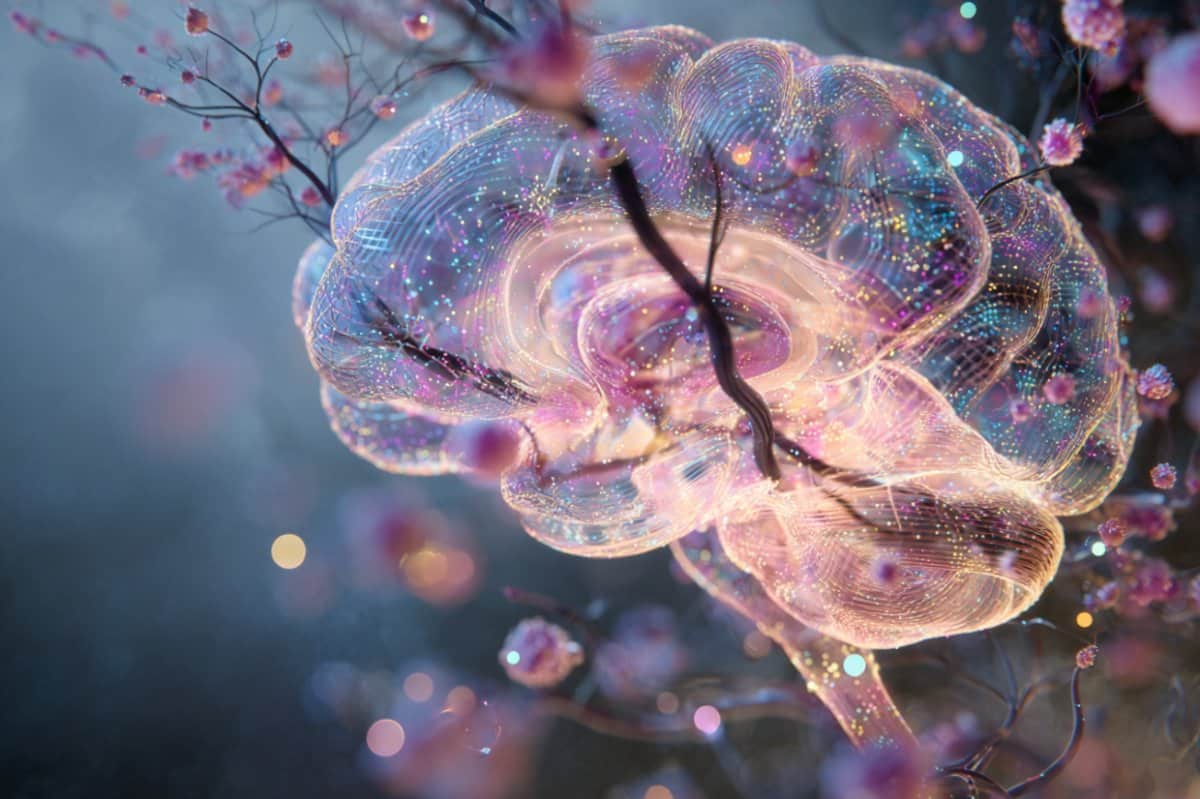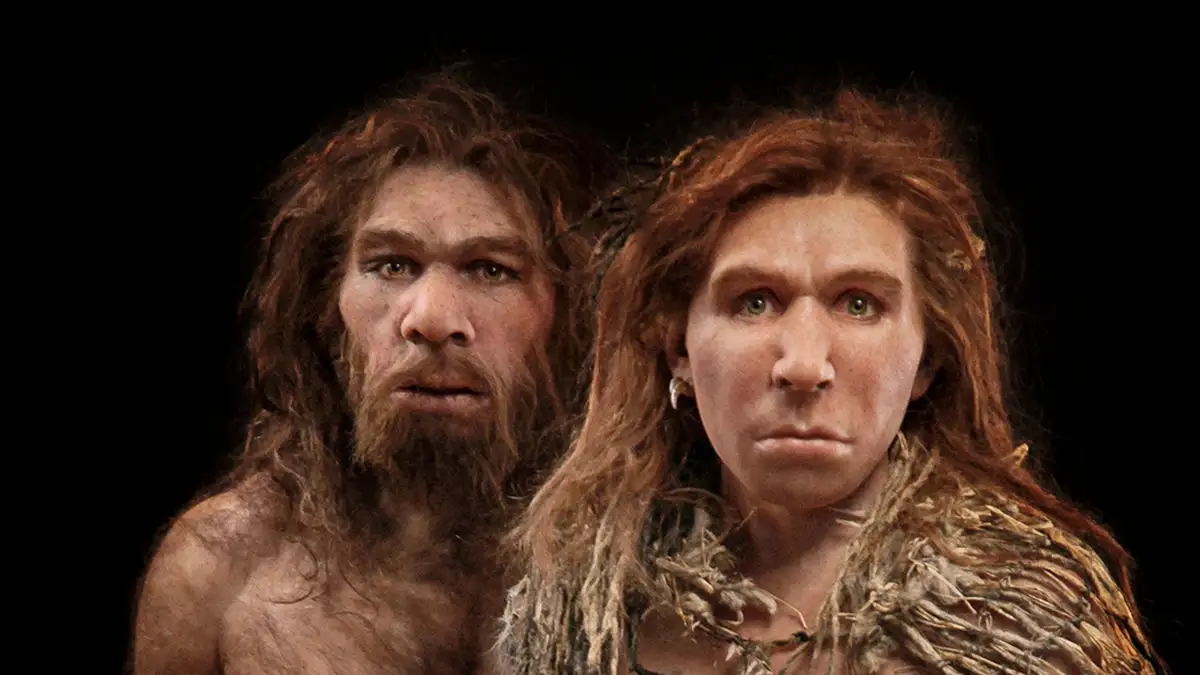T4K3.news
Research links Neanderthal genes to brain condition
A study finds connections between Neanderthal DNA and Chiari malformation type I.

New research connects Neanderthal DNA to the Chiari malformation type I disorder.
Neanderthal genes linked to Chiari malformation findings
A study has revealed a connection between Neanderthal DNA and Chiari malformation type I, a condition where part of the brain protrudes into the skull. Researchers found that modern humans with this disorder have skull shapes more akin to Neanderthals than those without the condition. Chiari malformation affects the cerebellum and can lead to severe symptoms such as headaches and dizziness. Current treatments vary, but severe cases sometimes require surgery. This study highlights the potential genetic influence of ancient ancestors on contemporary health issues, showing that around 1 in 1,000 people are affected, although the prevalence may be underreported. The research adds weight to earlier findings suggesting that interbreeding with Neanderthals may impact skull development in humans.
Key Takeaways
"Our study may mean we are one step closer to obtaining a clear understanding of Chiari malformation type 1."
Mark Collard emphasizes the importance of this study in understanding the condition's causation.
"Scientific research is rarely, if ever, conclusively based on a single study."
Collard cautions against over-interpretation of the findings regarding Neanderthal genes and the disorder.
This research opens a fascinating window into how ancient genetics may shape present-day health conditions. The implications are profound; if Neanderthal DNA does contribute to Chiari malformation, it could lead to new preventive strategies or treatments based on genetic screening. Additionally, as we learn more about the diverse effects of interbreeding between species, we gain insights not just into physical traits but also into how these interactions have persisted across generations. Clarifying this tricky causal chain represents a step forward in both genetics and medicine.
Highlights
- Ancient genes may shape today's health conditions.
- Unraveling the legacy of Neanderthals in modern DNA.
- Could our ancestors impact how we understand disease?
- Neanderthal influence on health might reshape genetic research.
Potential implications for health and genetics
The research raises questions about the intersection of ancient DNA and modern health conditions. If confirmed, it could lead to new genetic screenings that may have ethical and health implications.
As science progresses, understanding the impact of our ancient relatives will shape future health initiatives.
Enjoyed this? Let your friends know!
Related News

Study reveals genes linked to mental illness activate in fetal stages

Common virus linked to increased MS risk in Americans

New findings reveal connections between humans and Neanderthals

New study suggests a viral link to Parkinson's disease

Discovery of four autism types could revolutionize treatment

Study reveals human DNA linked to hibernation

New research reveals early Alzheimer's warning signs

Revealing unethical medical experiments
